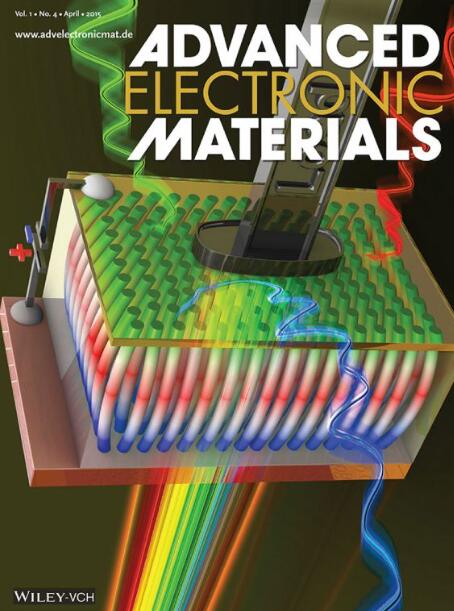Novel Porous Gold Microspheres Anisotropic Conductive Film (PGMS-ACF) with High Compression Ratio for Flip Chip Packaging
IF 5.3
2区 材料科学
Q2 MATERIALS SCIENCE, MULTIDISCIPLINARY
引用次数: 0
Abstract
The preparation of conductive filler is a key technology in anisotropic conductive films preparation. In recent decades, research on the preparation of novel conductive particles has reached a bottleneck. Porous gold materials exhibit high compressibility, low density, and excellent conductivity. It is believed that using porous gold microspheres (PGMS) to supersede polymer composite conductive microspheres has the potential to prepare anisotropic conductive film (ACF) with better performance. However, preparing ultrafine (1–10 µm) PGMS remains challenging. Herein, the study presents a novel method for preparing PGMS with controllable particle size and high sphericity. Results show that porous gold microspheres ACF (PGMS-ACF), containing only 5 wt.% particles (size range 4.5–10.5 µm), achieves good conductivity when held at a pressure range of 0.05–0.6 MPa. Its compression ratio is between 33% and 71% at 0.3 MPa. The 4-point probe measurement shows a contact resistance as low as 10 mΩ in 2 mm2. Moreover, PGMS-ACF also exhibits a good linear relationship within 3.3 A. Compared to commercial polymer composite conductive microspheres ACF, PGMS-ACF offers a significant advantage in achieving a large compression ratio, which in turn leads to improved conductivity and reduces the need for precise sorting. The research provides a new approach for the preparation of novel ACF.

用于倒装封装的新型高压缩比多孔金微球各向异性导电膜(PGMS-ACF)
导电填料的制备是各向异性导电薄膜制备的关键技术。近几十年来,新型导电颗粒的制备研究已进入瓶颈期。多孔金材料具有高压缩性、低密度和优异的导电性。认为用多孔金微球(PGMS)取代聚合物复合导电微球有可能制备出性能更好的各向异性导电膜(ACF)。然而,制备超细(1-10µm) PGMS仍然具有挑战性。本文提出了一种制备粒径可控、球度高的PGMS的新方法。结果表明,在0.05 ~ 0.6 MPa的压力范围内,多孔金微球ACF (PGMS-ACF)具有良好的导电性,粒径范围为4.5 ~ 10.5µm,粒径仅为5 wt.%。在0.3 MPa时,其压缩比在33% ~ 71%之间。4点探头测量显示接触电阻低至10 mΩ在2 mm2。此外,PGMS-ACF在3.3 a范围内也表现出良好的线性关系。与商用聚合物复合导电微球ACF相比,PGMS-ACF在实现大压缩比方面具有显著优势,从而提高了导电性,减少了对精确分选的需求。该研究为新型ACF的制备提供了新的途径。
本文章由计算机程序翻译,如有差异,请以英文原文为准。
求助全文
约1分钟内获得全文
求助全文
来源期刊

Advanced Electronic Materials
NANOSCIENCE & NANOTECHNOLOGYMATERIALS SCIE-MATERIALS SCIENCE, MULTIDISCIPLINARY
CiteScore
11.00
自引率
3.20%
发文量
433
期刊介绍:
Advanced Electronic Materials is an interdisciplinary forum for peer-reviewed, high-quality, high-impact research in the fields of materials science, physics, and engineering of electronic and magnetic materials. It includes research on physics and physical properties of electronic and magnetic materials, spintronics, electronics, device physics and engineering, micro- and nano-electromechanical systems, and organic electronics, in addition to fundamental research.
 求助内容:
求助内容: 应助结果提醒方式:
应助结果提醒方式:


